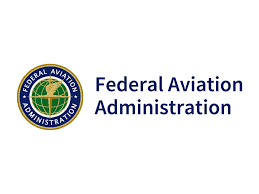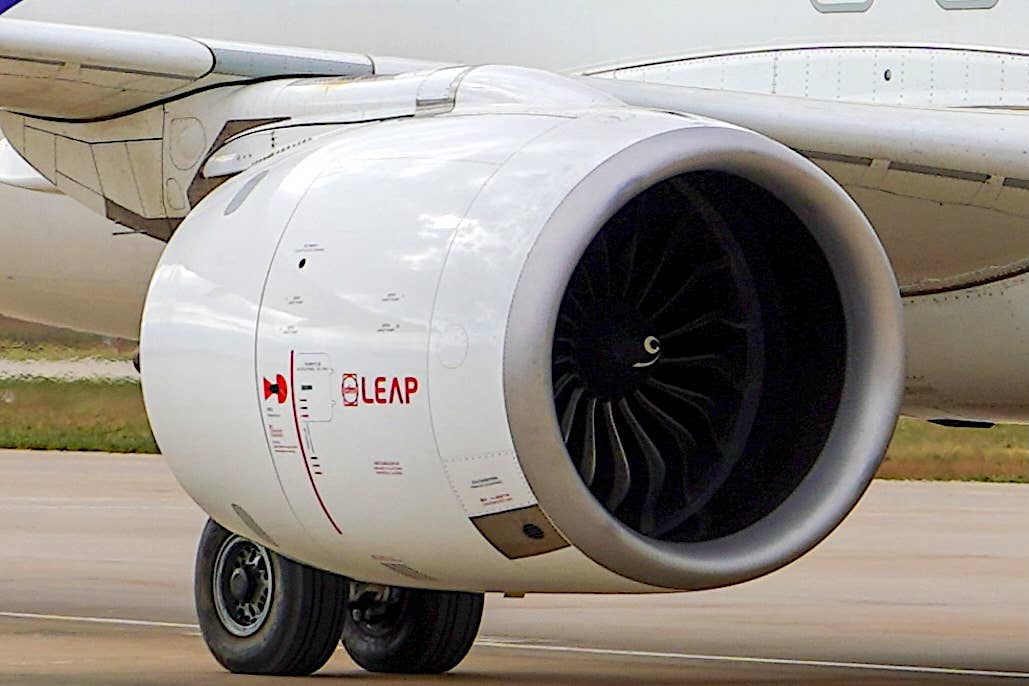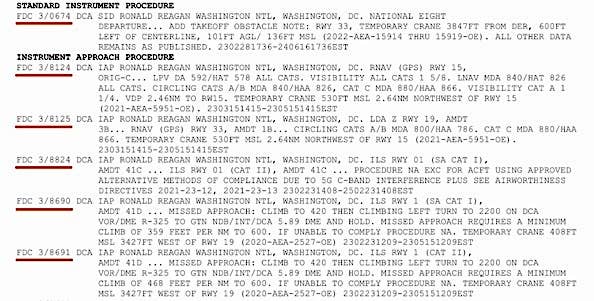FAA Says Warranties Up To Manufacturers
The FAA is staying out of the controversy over warranty issues concerning the use of GAMI’s G100UL. Cirrus Aircraft and Lycoming have both said they don’t consider G100UL an approved…

The FAA is staying out of the controversy over warranty issues concerning the use of GAMI's G100UL. Cirrus Aircraft and Lycoming have both said they don't consider G100UL an approved fuel and confirmed its use could affect warranty claims. Continental Aerospace has not yet commented to AVweb on the issue. The warranty debate arose from Cirrus' issuance of a service advisory describing G100UL as unapproved because of inconclusive data on materials compatibility. The FAA has approved STCs for every gasoline engine on its registry but says warranty coverage is up to the manufacturers.
"The FAA does not comment on manufacturers’ warranty-related policies," the agency said in a statement to AVweb. "A Supplemental Type Certificate (STC) is the FAA’s approval of a major change in the design of a previously type-certificated product. An FAA-approved model list STC for 100 Octane unleaded fuel (G100UL) is on the Building an Unleaded Future by 2030 webpage."






